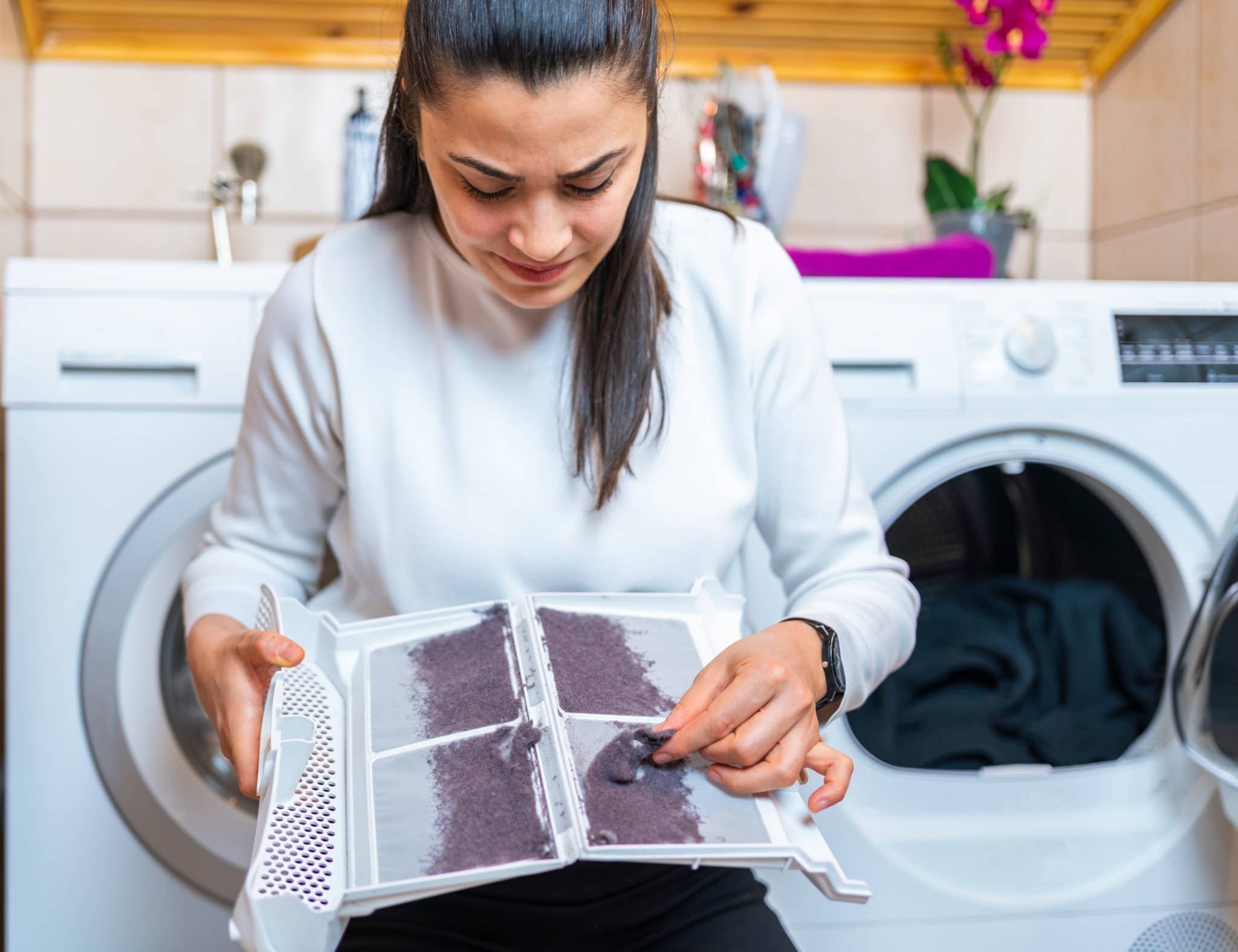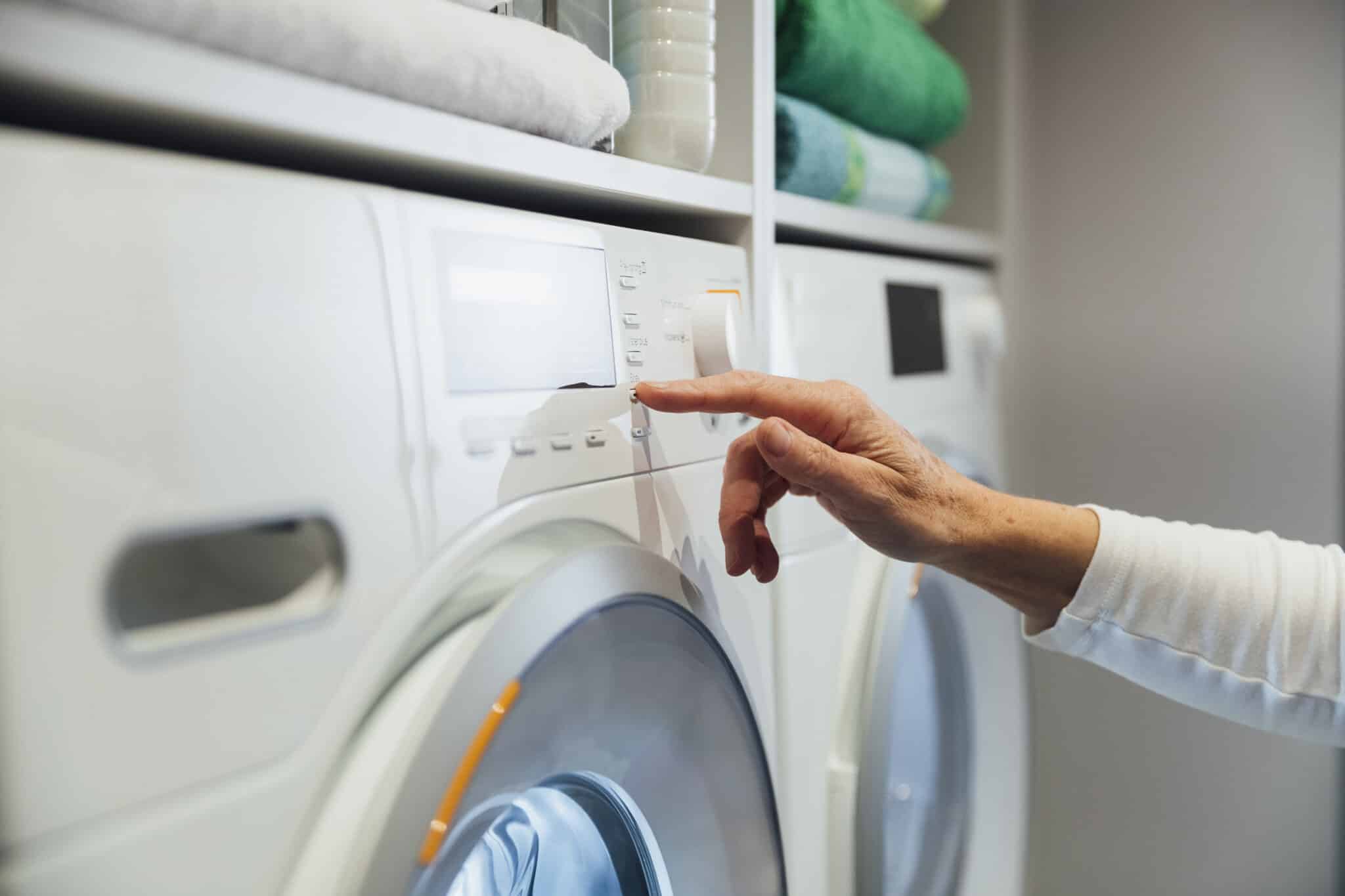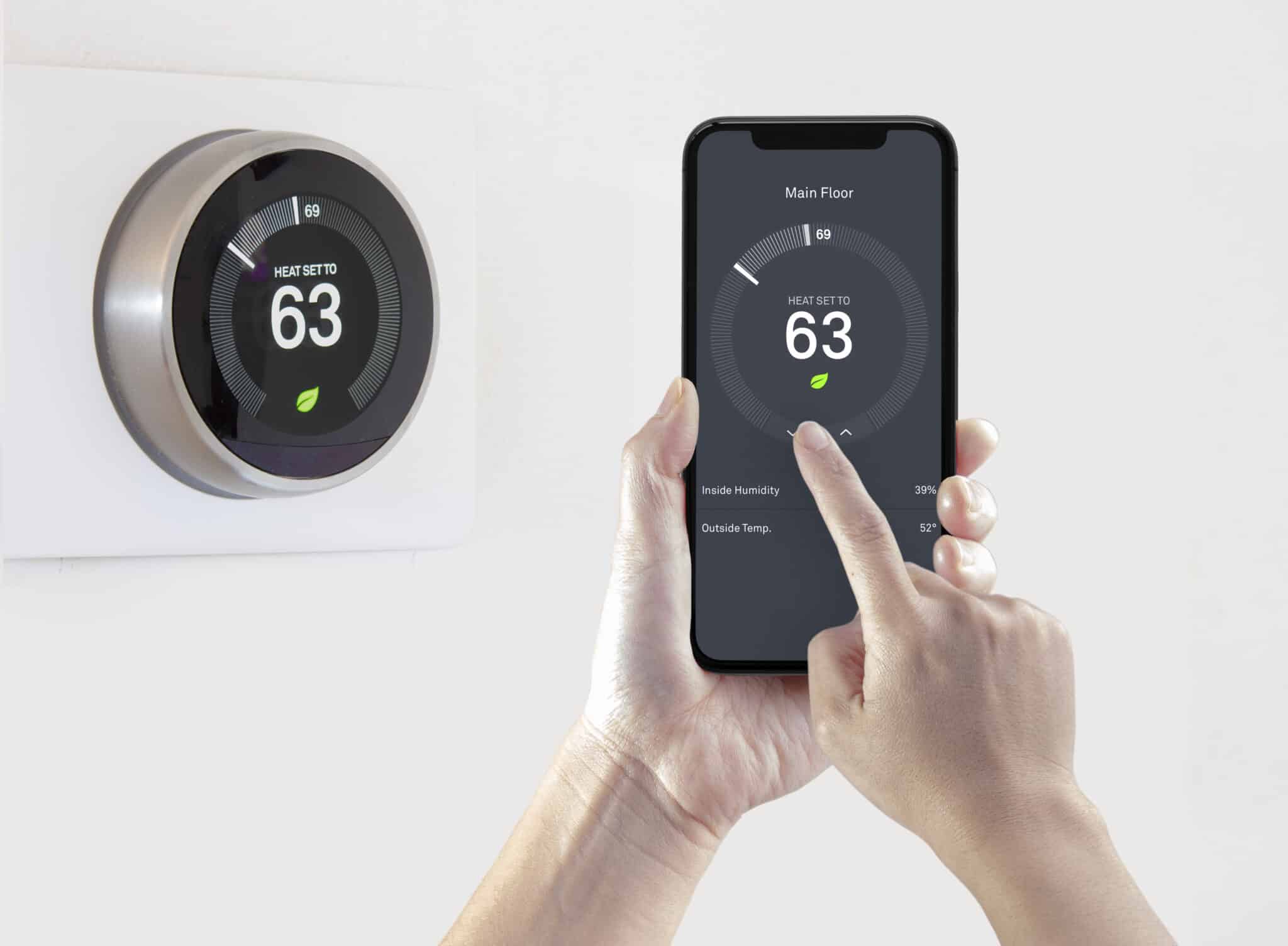A clothes dryer is a staple in many home laundry rooms. An electric dryer will save you hours of hang drying over the course of its lifetime. But like any household appliance, it requires regular upkeep and maintenance for best results.
If not treated right, a clothes dryer could pick up lint from your clothes, clog the system, and cause a fire.
In this article, you’ll discover routine dryer maintenance tips that you should do regularly, quarterly, and annually to help prolong the life of your clothes dryer and keep your household safe.
Clothes Dryer Maintenance Tasks to Do Regularly
Lighten the Load
It’s usually tempting to stuff as much laundry as you can into your dryer. But damp clothes are heavy, and they can put excessive stress on your machine motor, causing it to burn out quickly.
What’s more, overloading your clothes dryer can significantly increase your electric bill as your machine struggles to pull enough energy to perform its job.
Generally, experts recommend you fill your dryer to about half of its capacity. However, certain items like light, voluminous comforters can safely fill the drum without risking its performance.
Clean the Dryer Drum
You may have never thought of cleaning your clothes dryer like you do your kitchen counter, but giving it a good scrub can help your laundry come out cleaner.
This is an important step especially if you live near the beach, have pets, or children who like to abandon things in their pockets. Sand, pet hair, and random stuff your kids leave behind will leave residue in your dryer.
So now you know you should clean your dryer drum, but how do you go about it? As with any good house cleaning tip, the answer lies in understanding what type of dirt you’re dealing with.
For loose residue (such as sand or pet hair), you can simply wipe down your drum with a soft, damp cloth.
For stickier residue (such as lip balm or gum), follow the simple step-by-step process below:
- First, throw in a few old towels.
- Then turn your clothes dryer on to warm up the drum for a few minutes before you attempt to clean it.
- Once the drum is warm, you can gently scrape away the sticky residue with a rubber spatula.
- To remove the residue completely, it’s best to wipe out the drum with warm, soapy water and a soft cloth.
- Finally, use a dry cloth to clean up the remaining soap and moisture.
Clean the Lint Screen & Trap After Every Cycle
Your clothes dryer’s lint screen collects dust from fabric every time it works. Simply pull the lint screen out, brush it clean with a paintbrush, and vacuum inside the trap after every cycle.
Remember, this is one of the most important steps of your clothes dryer maintenance process as lint buildup can cause a fire. This is because a buildup in the lint filter can trap warm air and lead the dryer motor to overheat. And when the motor overheats, the lint buildup may act as kindling to spark a dryer fire. Clothes dryer fires may escalate quickly, cover the room, and spread to the rest of your home.
Clothes Dryer Maintenance Tasks to Do Quarterly
Vacuum Lint From Behind & Around the Dryer
Vacuuming lint and dirt from behind the dryer can not only increase your clothes dryer’s performance, but it can prevent the clothes dryer from catching on fire. This is because lint can build up and cause your unit to overheat, which then makes anything flammable close to your clothes dryer a fire hazard.
Clothes Dryer Maintenance Tasks to Do Annually
Deep Clean the Lint Screen
Even if you clean the lint screen and trap after every cycle, a periodic deep clean can improve your clothes dryer’s performance.
The fact is your clothes dryer’s lint filter can’t catch every piece of lint that comes off your clothes. Some lint will travel around the sides of the filter, while tiny particles can pass directly through it.
You’ll probably see some lint accumulation within the trap when you remove your lint screen to clean it after each cycle. While this is normal, you’re risking a dryer fire if you ignore it for too long.
Follow the steps below to deep clean your dryer lint screen:
- Fill a sink or tub with hot, soapy water so it can cover the filter screen.
- Remove any lint from the screen using your hands, vacuum, brush, or a cloth.
- Put the filter screen in your hot, soapy water and allow it to soak for a few minutes.
- Gently scrub away any residue buildup from the surface of the screen with a brush.
- Rinse the screen for the last time and make sure it’s completely clean.
- Gently dry the screen using a soft, clean cloth. Then let it air dry completely before you reinstall it.
If soapy water isn’t strong enough to remove the lint residue buildup, you can try sprinkling the lint screen with baking soda and dousing it in vinegar. Let the mixture fizz before you scrub the screen. Finally, rinse and allow the screen to dry completely.
Check up on the Exhaust Hood
Turn the dryer on and go outside to check if the exhaust hood is working properly. If not, simply disconnect the dryer and exhaust duct to remove any blockage.
An exhaust hood in normal condition should have an airflow push of 1,500 feet per minute. If the exhaust hood is clogged, you may:
- Hear it making strange noises
- Feel that it exhausts hot air
- Notice clothes are still damp after a drying cycle
- Smell burning when the clothes dryer is on
Vacuum the Exhaust Duct
Don’t forget the exhaust duct. It’s recommended to unplug the clothes dryer and vacuum the exhaust duct every year to prevent lint buildup.
Regular Cleaning & Maintenance Can Extend the Life of Your Clothes Dryer
It’s easy to keep your clothes dryer running smoothly for a longer time with these simple cleaning tips. You’ll get cleaner, fluffier clothes and help prevent future safety hazards, too.






